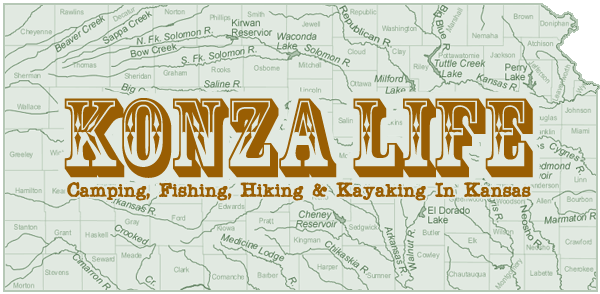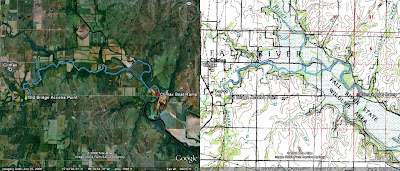You go fishing, take two or three tubs of liver out of the freezer, come home with 1 1/2 tubs of thawed liver, then what do you do? You can stick it back in the freezer, except refreezing it screws up the texture, and the next time you thaw it out it's runny and a hook won't stay in it.
So I would throw it away.
Then one day I had a bright idea. (one of my better ideas in some time) Why not try salting it?
So I did. And it works great.
The salt attracts fish, and after a few months in the salt the liver is tougher and stays on the hook better. You don't have to keep it frozen as it will keep for several years stored at room temperature.
Here's how you do it:
Buy chicken liver. There's a grocery a few blocks away where I get mine, usually approaching the "sell by" date, marked down to half price or less. If it already smells nasty, no worries. The salt will preserve it.
For every 3 tubs of chicken liver you'll need 1 lb of salt. (I use 3 for a dollar generic table salt from the dollar store)
Dump 3 tubs of liver into a big bowl.


In one of the empty liver containers, add about 1/4 inch salt, then add several pieces of liver, and then add another 1/4 inch of salt. (you can get creative at this point, adding oil, garlic, vanilla, anise oil or whatever your heart desires)

Repeat until the tub is almost full, then top with salt. Make sure there's a 1/4 to 1/2 inch space at the top to prevent the lid from coming off as the liver ripens.
I use a magic marker to write the date on the lid, then store them in the corner of my garage sitting on the floor. I have 6 or 8 tubs that have been there for more than 2 years and it's still good. It has a slightly nasty smell, but not nearly so close to vomit inducing as rotten liver is.

Two year old salted liver
You'll notice there's some small scraps of liver and blood left over in the bowl. I add this to another container, throw in some salt and add a few rocks and then freeze it. It makes an excellent "chum bomb" to throw still frozen into the water where you're fishing.
You can use this process for other baits beside liver, I've done it with shrimp, minnows, and cut bait.
Happy salting!










